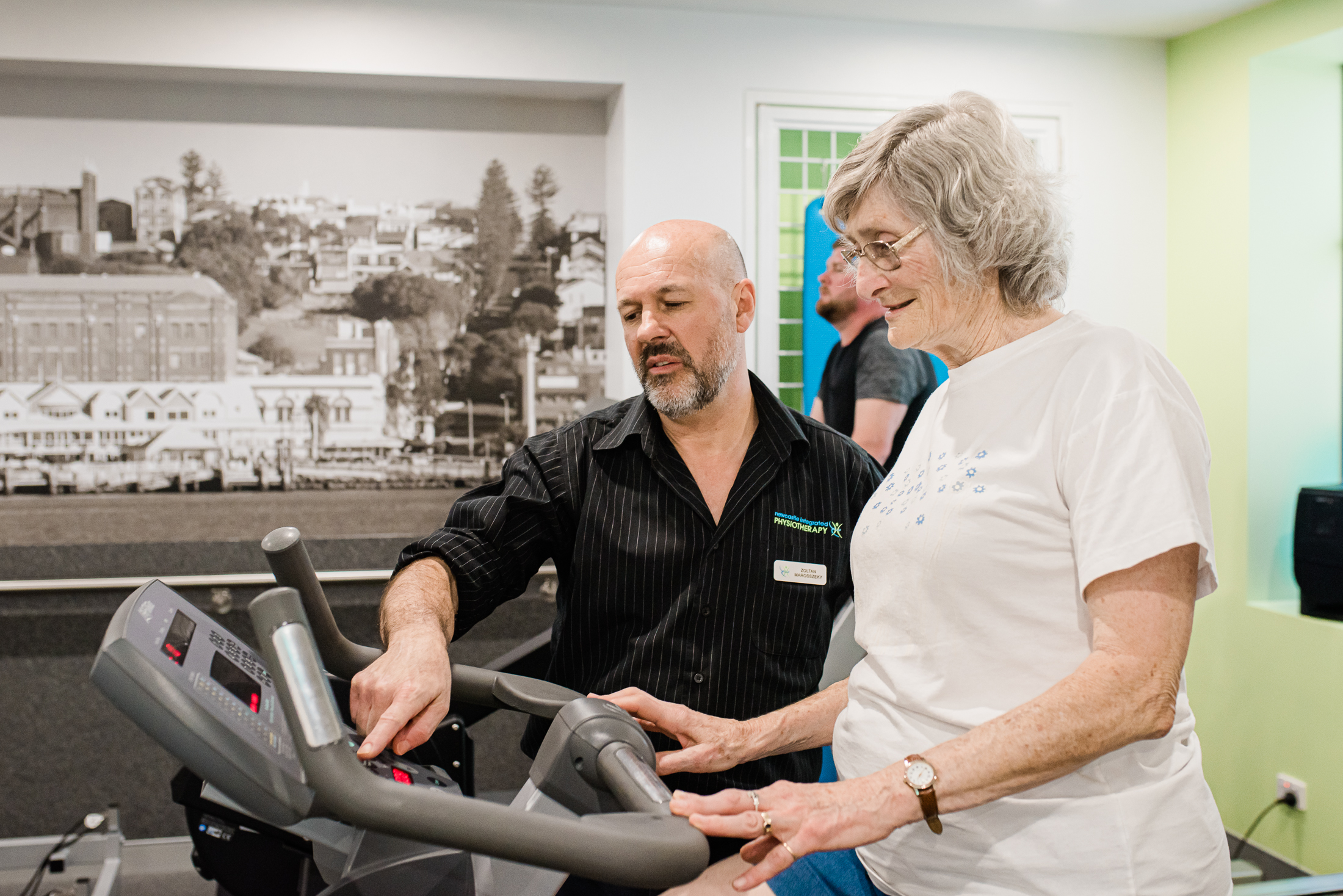You don’t need to be an elite athlete to sustain a hamstring injury. It’s one of the most common injuries in sports like football, soccer and basketball, which require a high level of power, agility and speed. It’s important to know how to best avoid injury as well as how to manage if you do sustain a strain.Put simply, the hamstrings are a muscle group made up of three individual muscles, which perform slightly different roles. Crossing both the hip and knee joint, they provide strength in the hip and support the position of the knee when running.
The hamstrings have three jobs to do during a typical running cycle:
- To decelerate the leg during the swing phase of running
- To stabilise the knee and extend the hip during the support phase
- To assist the calf muscles by pulling the knee into extension during take off

Tears often occur either during the swing phase where the hamstrings attempt to counteract the contraction of the quadriceps. If there isn’t enough power generated by the gluteal muscles at the heel strike the hamstrings need to work harder and can become overloaded and tight, leading to a strain. This tightness can also lead to other issues such as lower back pain, SI (Sacroiliac) Joint pain and pressure under the kneecap.
The good news is, there are things you can do to help prevent injuries, which are well known but not as well performed:Stretching is always is the best way to prepare for any form of rigorous exercise, but don’t forget to take the time to stretch afterwards as well.
Warming up to increase body temperature will help your body get the most out of exercise and assist in avoiding injury.


